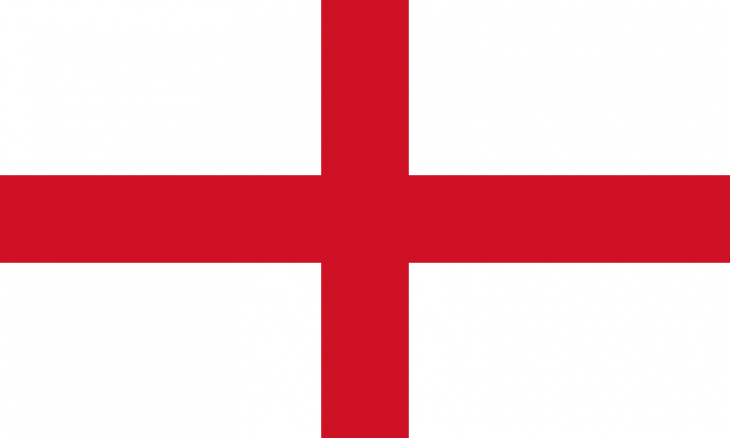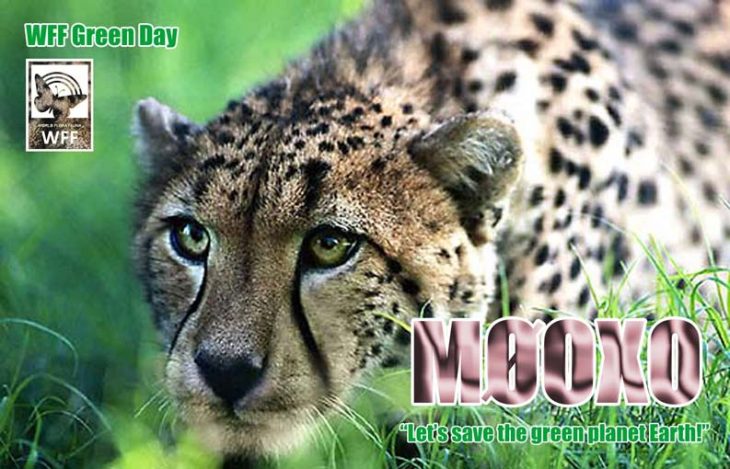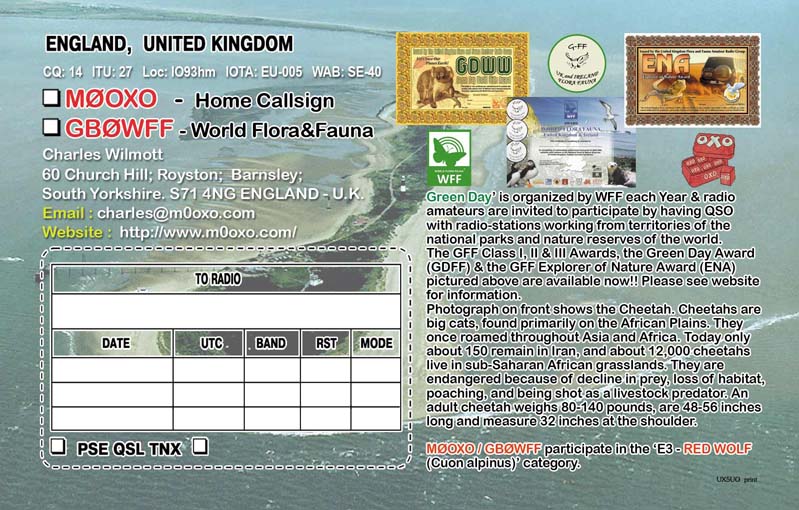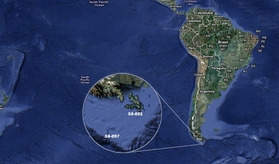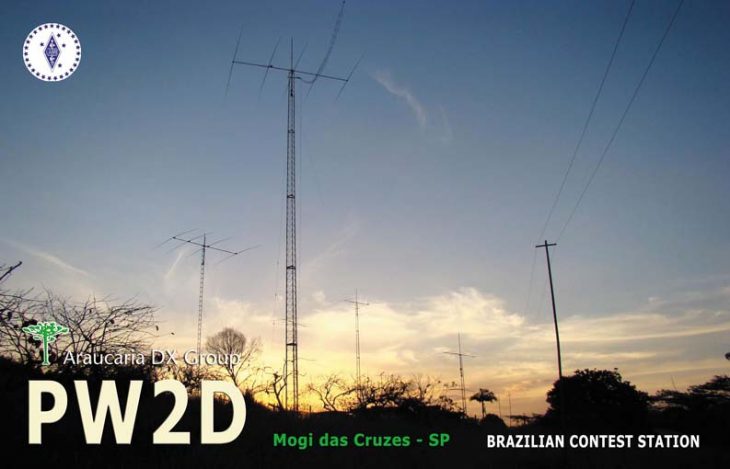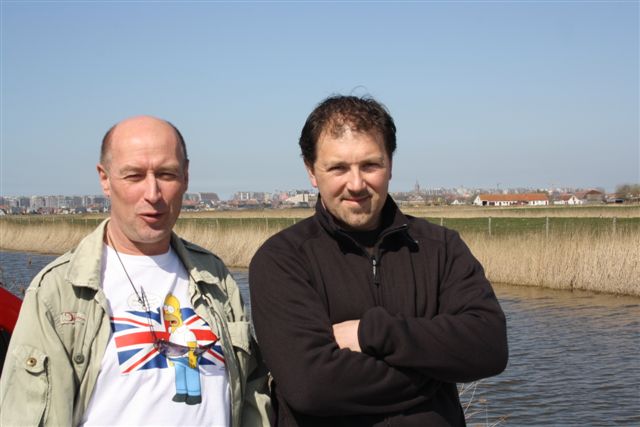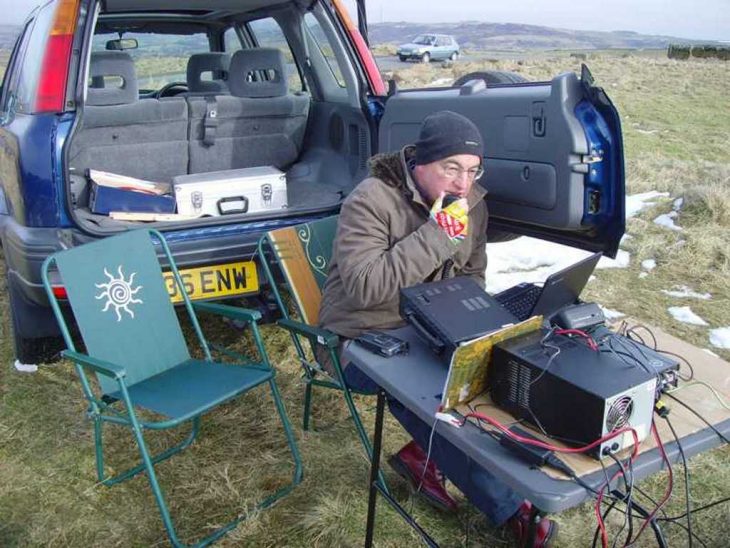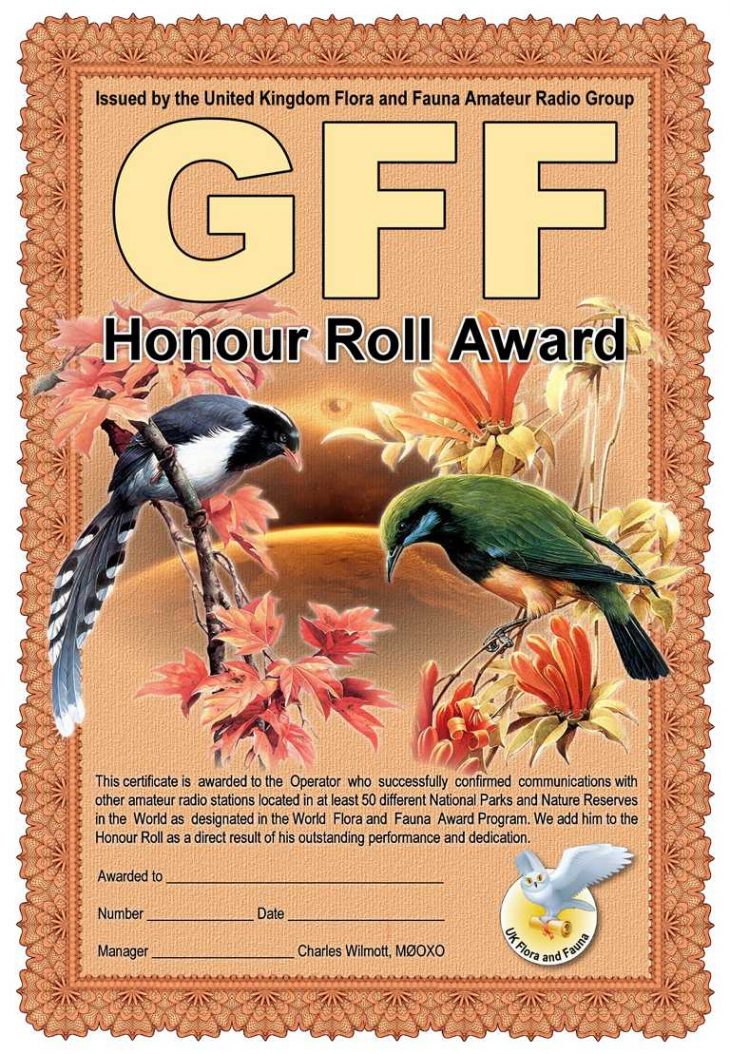Well I have been wondering for the last 10 days or so why no-one wants to come back to my CQ calls? Yes, it may be my poor cw but now i think I have found the real reason!
According to the ARRL out of 338 DXCC entities, England is the 5th from the bottom of the most needed. It just makes me want to cry 
(ARRL Least/Most Wanted click Flag to the above to see England basking in 334th place of the most-wanted!)

